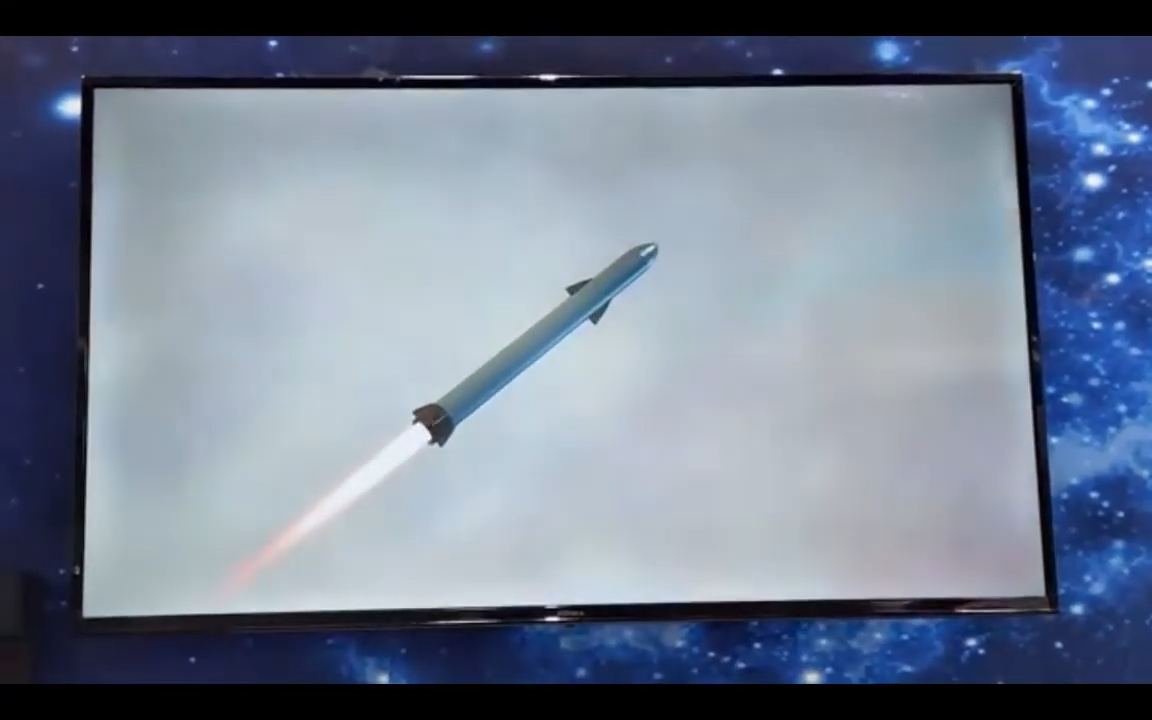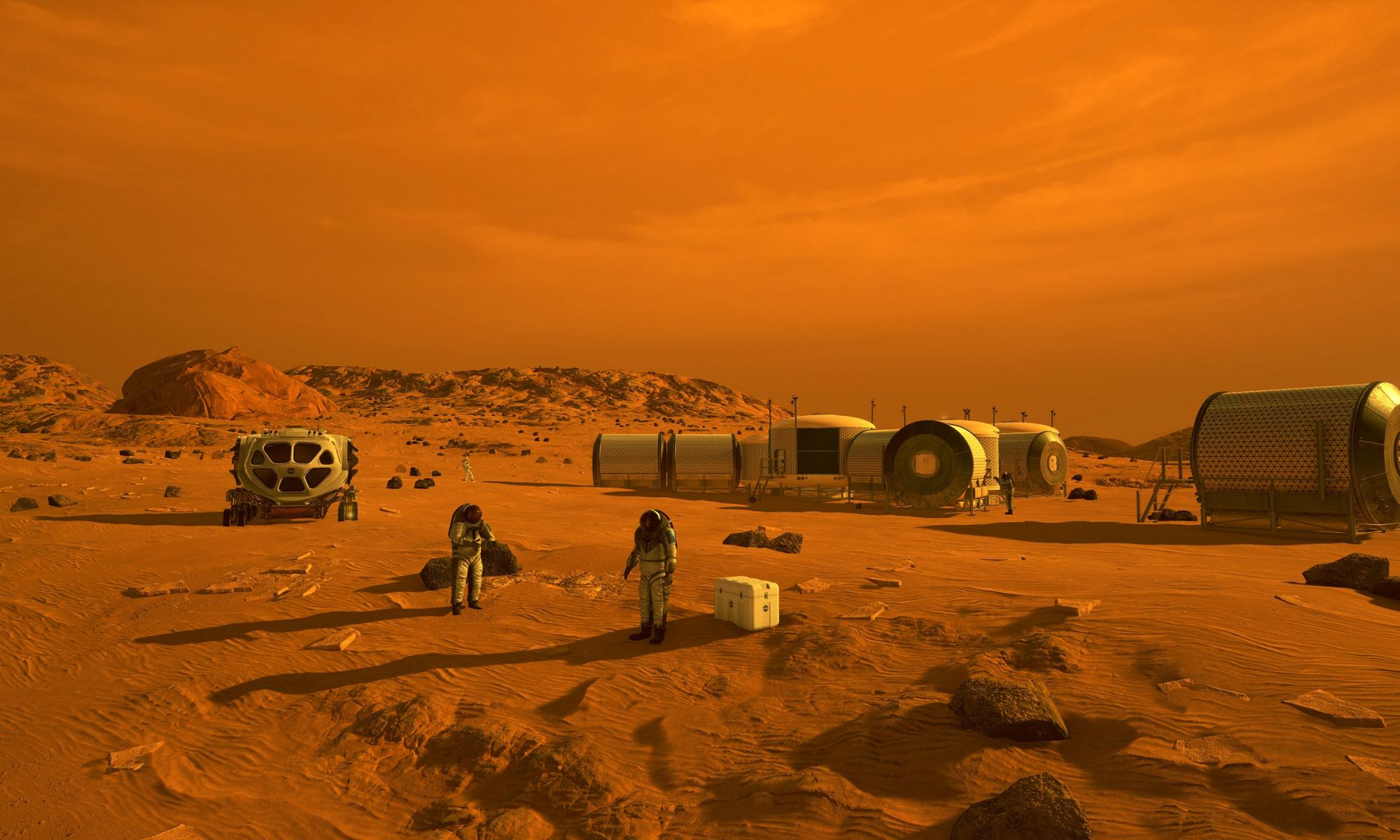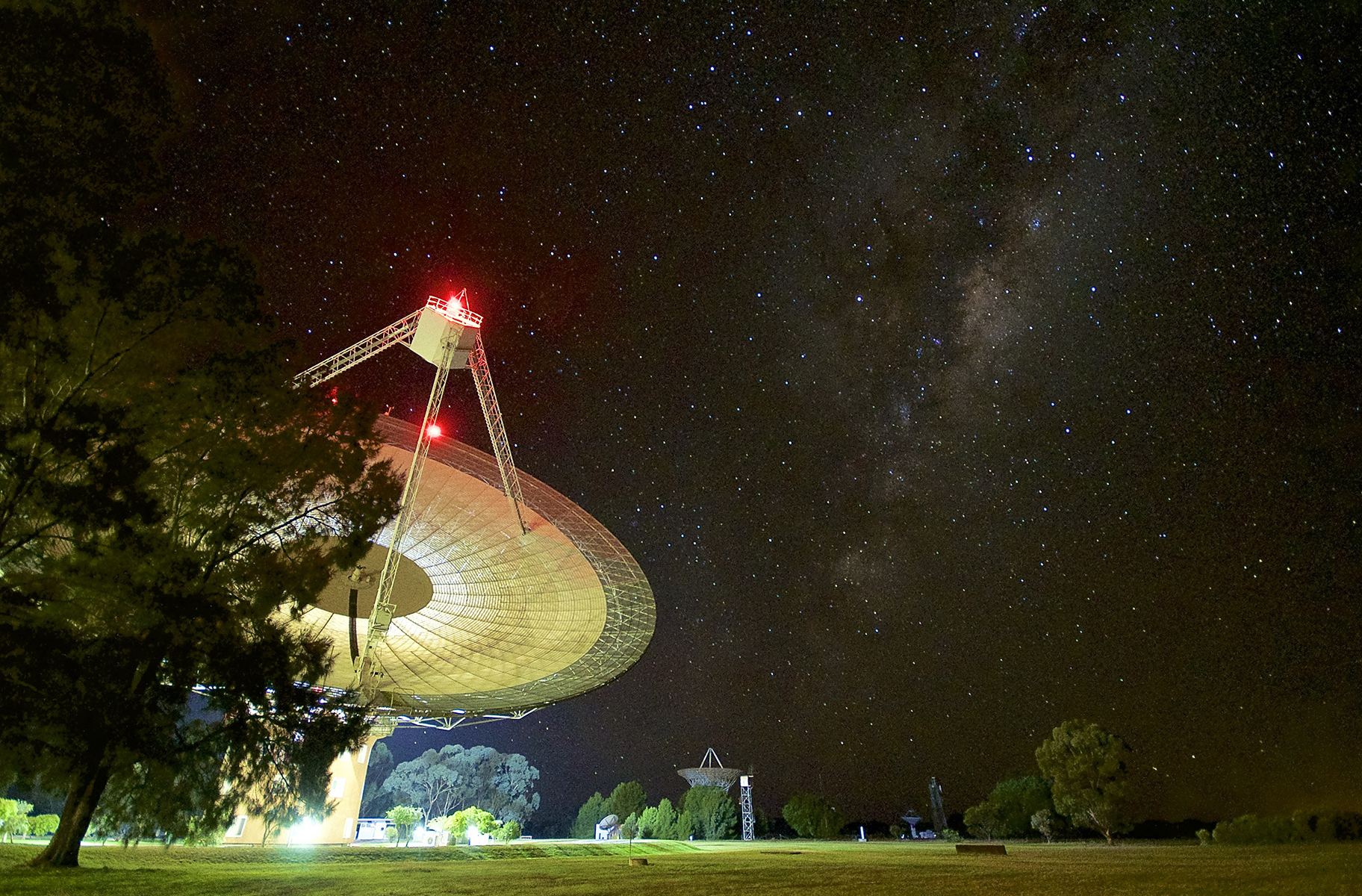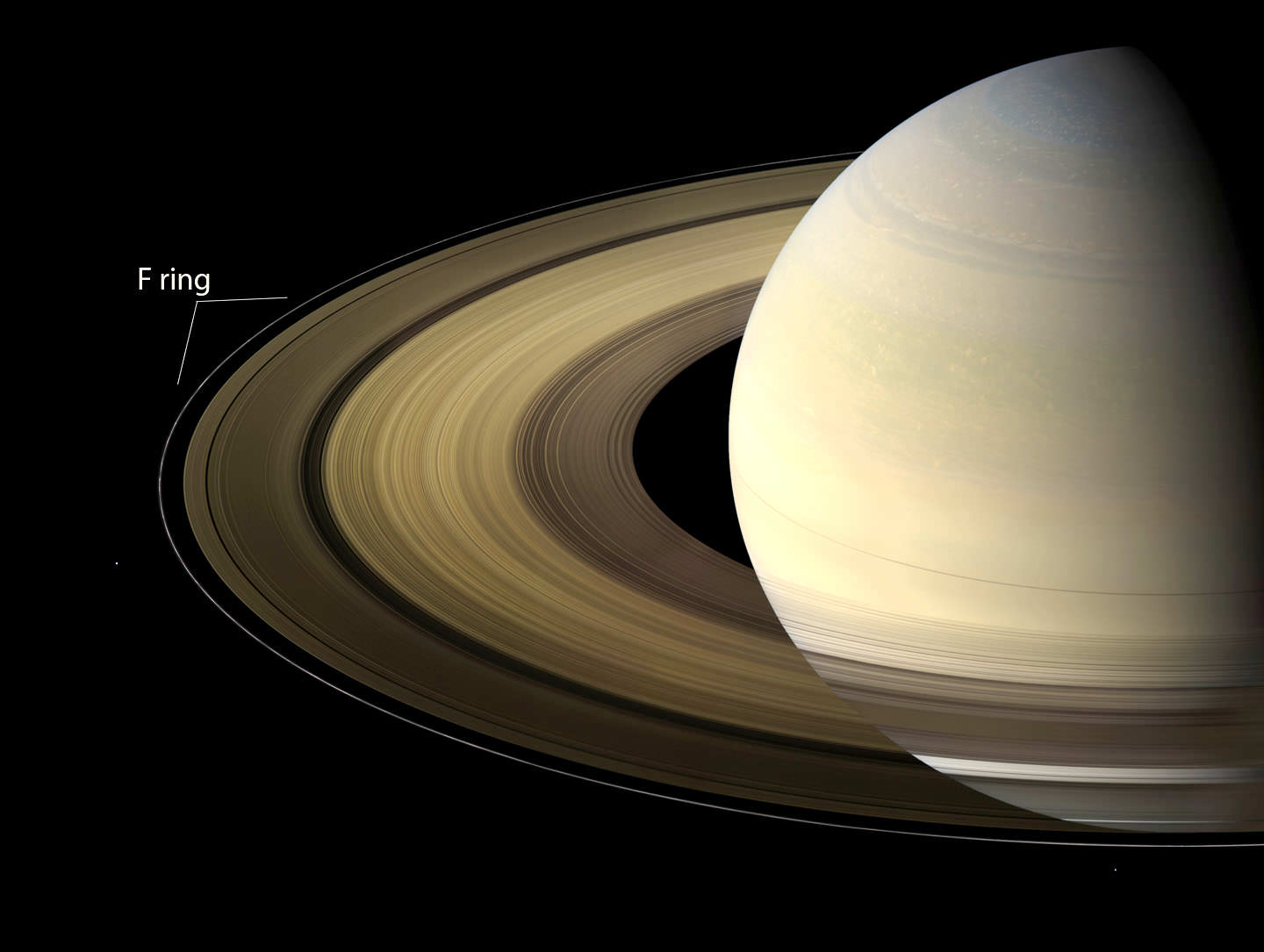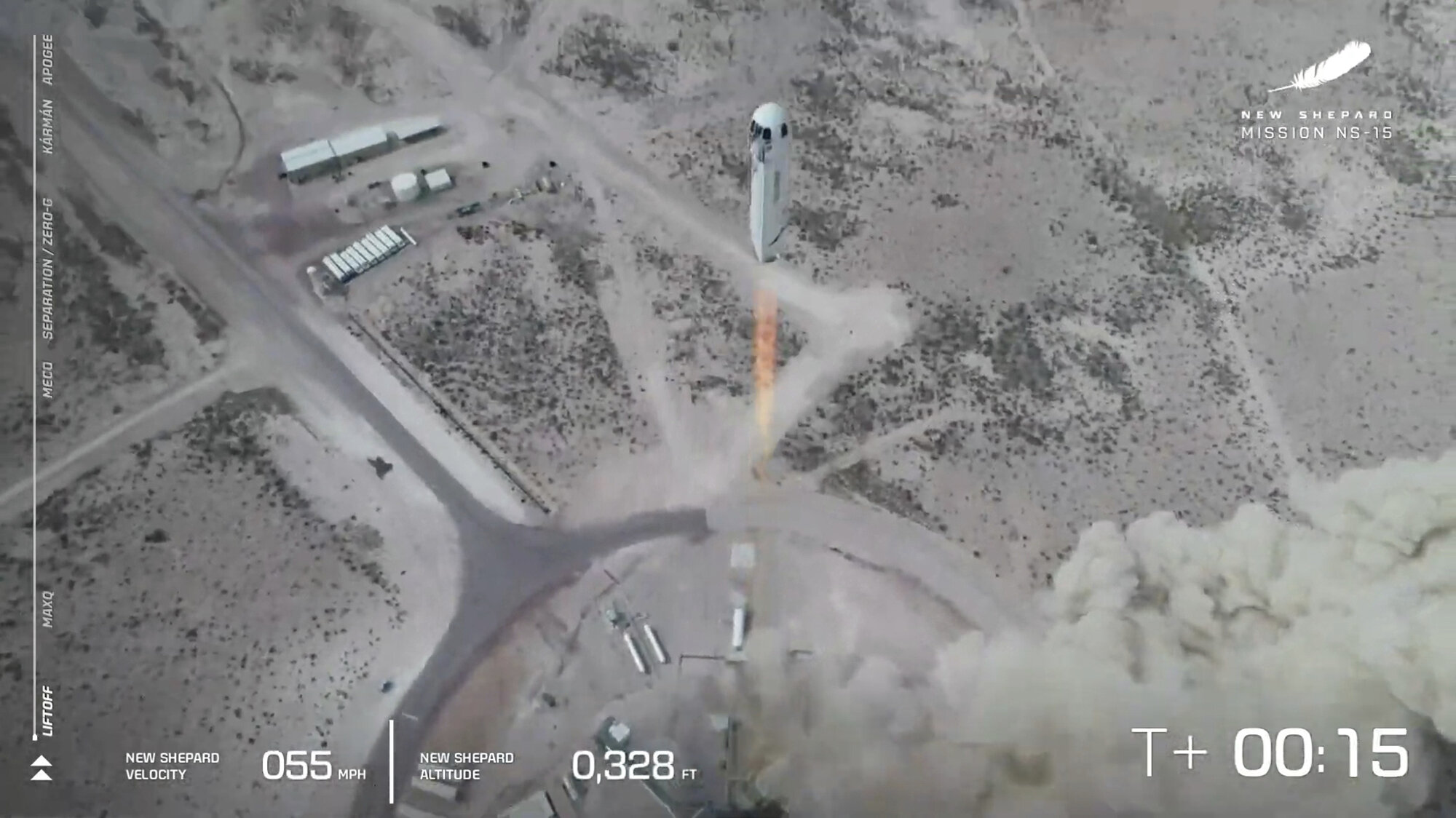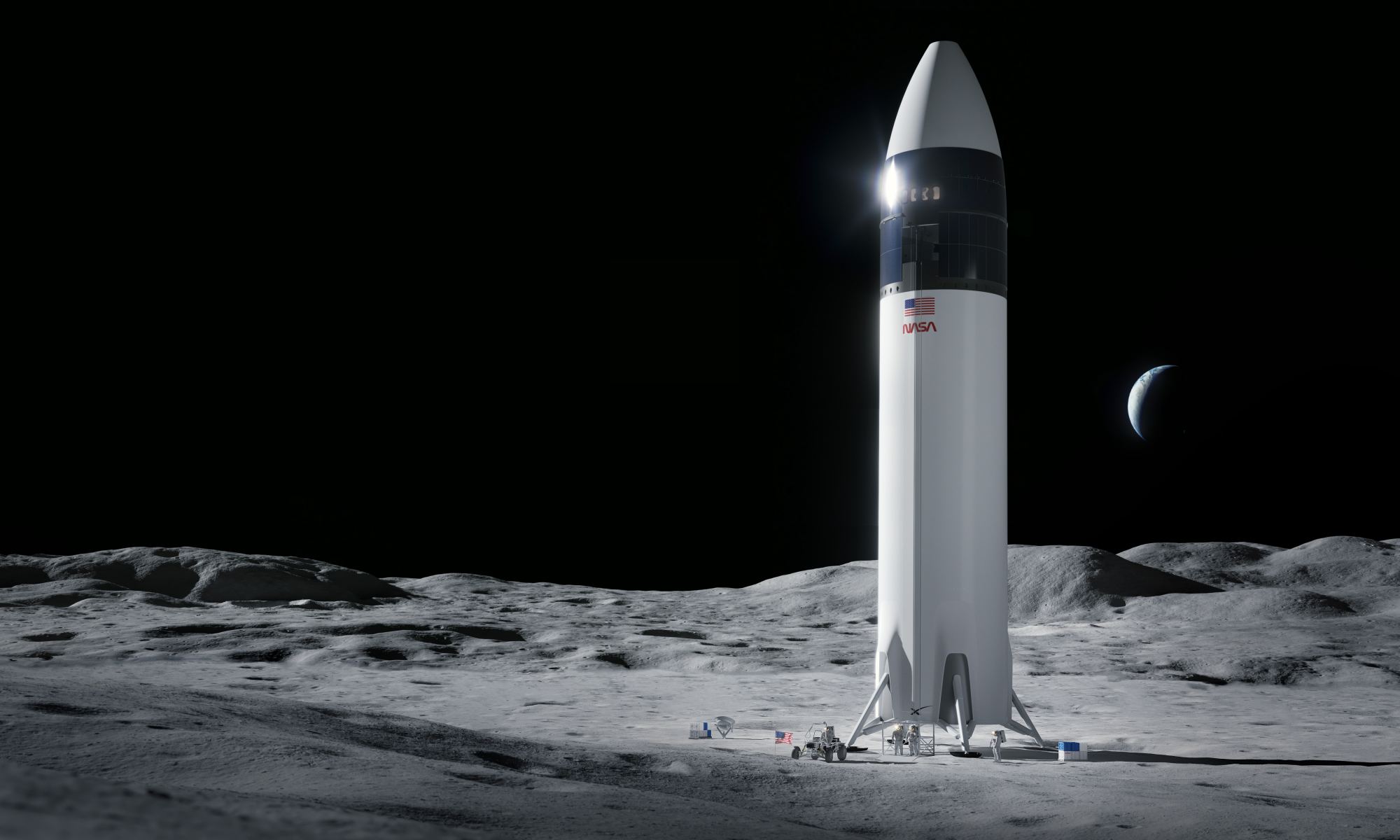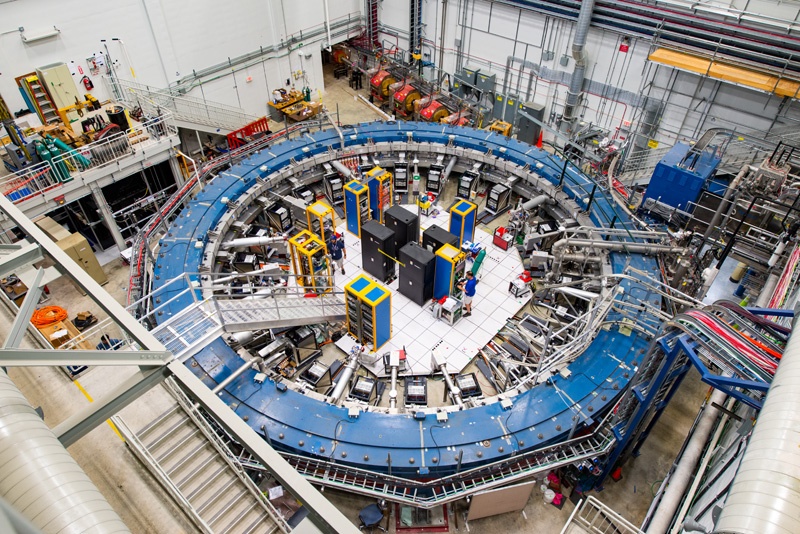Last weekend (April 24th), China celebrated its sixth “National Space Day” (aka. Aerospace Industry Achievement Exhibition) in Nanjing, an event that highlights advances China has made in space. Similar to Space Day that is held each year on the first Thursday in May (this year, it will be held on May 7th), the goal is to foster interest in space exploration and the STEMS so as to inspire the next generation of astronauts and aerospace engineers.
This year, the festivities focused on the Chang’e-5 mission (which showcased some of the lunar samples it brought back), and the name of China’s first Mars rover (Zhurong) – which will be landing on the Red Planet later this month. But another interesting snippet was a video presented by one of China’s main rocket manufacturers that showed demonstrated that they are working on a rocket similar to the Starship.
Continue reading “Chinese Company Claims to be Working on a Starship-Like Rocket”
